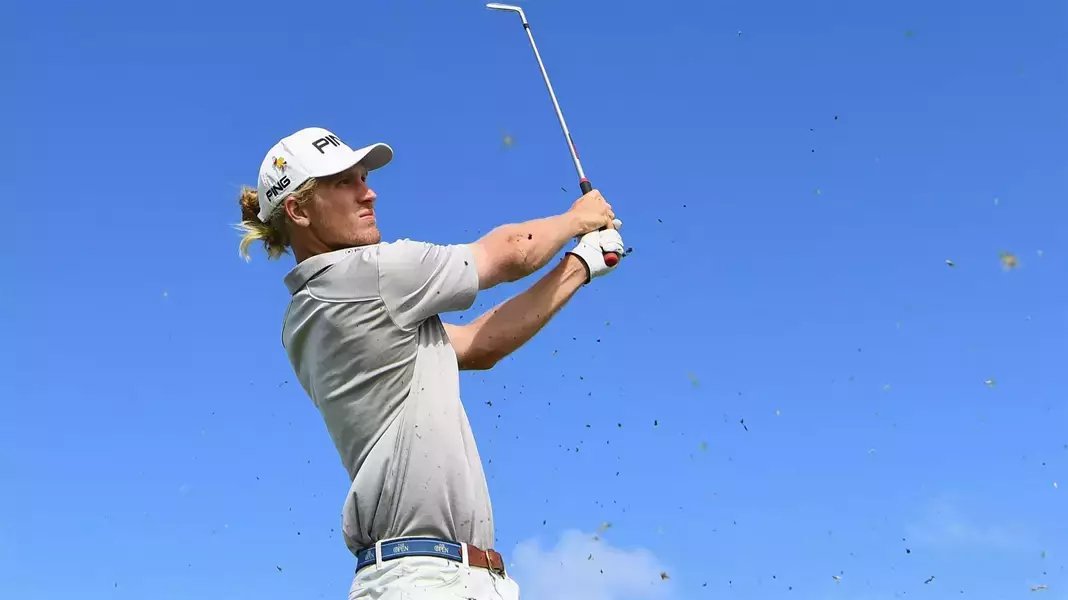Studying the daily performance environment of elite young golfers
Athlete Research
Performance Design
CLIENT
Golf Australia
LOCATION
Australia
TEAM
Chief Design Officer, Athlete Researcher
The high performance program at Golf Australia is world-class. Program graduates include Cam Smith (achieved a No.2 world ranking) and Minjee Lee (achieved a No.2 world ranking), amongst a raft of other top 100 players.
The success of the program is a result of the team at GA constantly seeking improvement to help them deliver a better program and ultimately produce more champion golfers. With this in mind, they tasked Kinlab with helping them to understand why certain players seemed to navigate the transition to professional golf successfully while others did not.
Insight Services
Elite athlete research
Stakeholder research
Design Services
Performance environment strategic design
Undertaking studies with elite young athletes brings out our best as researchers. Our team are experts in building trust with participants, who can naturally be quite guarded. Trust plays a pivotal role in acquiring valuable data, allowing us to uncover powerful behavioural insights that drive the design of athlete-centred daily performance environments.
Adrian Tobin
Chief Design Officer, Kinlab
Understanding the human element of elite sport
Kinlab conducted more than 20 interviews with current and past players in the Golf Australia National Squad, service providers, and system stakeholders, developing unfiltered insight into the challenges of life as a touring golf professional.
By taking a human-centered approach – looking at the whole person, not just the ‘athlete’ – the team was able to unpack the non-golf factors that were holding many talented players back across the daily performance environment.
For example, for many players moving from competing on the national stage in Australia to international tours, such as the PGA Tour Q-School, meant living away from home for the first time in their lives. Players in the study expressed feeling isolated and alone.
As the best young players in the nation, they had been accustomed to consistently performing at the top level. With the big step up in competition, though, they were more often lower down on the leaderboard. Many players compensated with more golf – more time on the range, overtraining, or ‘getting technical’ with swing changes to their detriment.
The Outcomes
While the team at Golf Australia were aware that young golfers in the high performance program had been overcompensating, we were able to help them identify 'why’ – pinpointing more human, non-golf causes. As a result, the team at Golf Australia implemented the Golf House initiative, with a Golf Australia staff member permanently based in the US. This enabled more face-to-face time and monitoring of off-course adjustment for young touring professionals.
Milestones
Undertaking daily performance environment study with elite golfers spread across the globe
Providing new insight into the role of the Golf Caddy in the daily performance environment of elite young golfers
Successful engagement of stakeholders and service providers from across the daily performance environment
Delivered
High performance insights report, including program review and daily performance environment design recommendations
Let's innovate the future of sport
Let's innovate the future of sport
Whatever your challenge, you don’t have to solve it on your own. Let’s talk about it, then let’s tackle it together.







